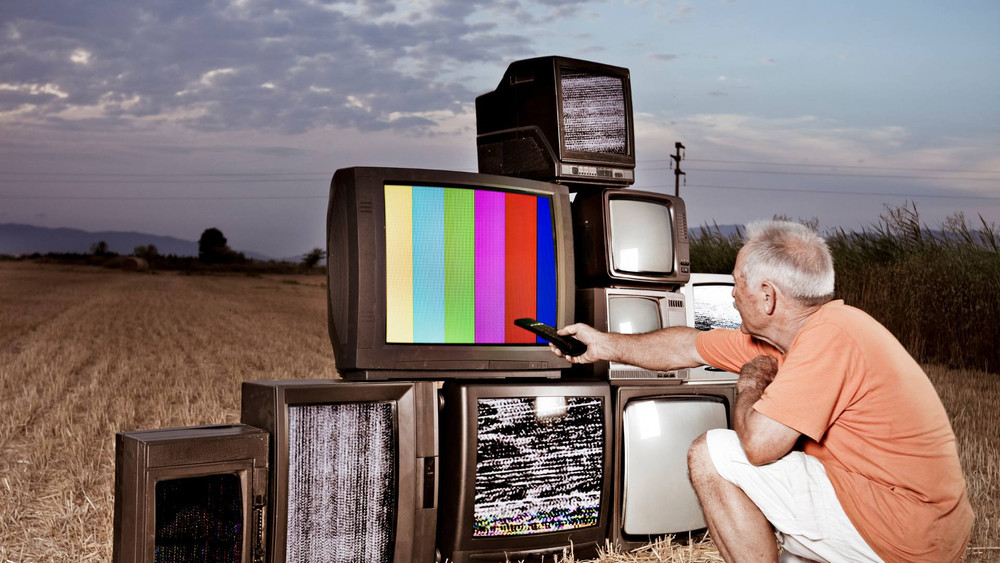No Signal? It Might Be Your HDMI Cable
May 6th 2025
One of the most commonly used pieces of IT equipment is an HDMI cable. Whether you’re hooking up a laptop for movie night, or operating a projector for an event or presentation, you’re probably familiar with HDMI cables. Most times you don’t even have to think about them.
These cables are typically easy to use and easy to set up. Yet, sometimes it can be frustrating to hook up your HDMI cable only to find that there is no signal. If this happens, don’t panic. There are a number of quick and easy troubleshooting steps you can take.
Troubleshooting HDMI Cable Problems
Cable Not Connected
Let’s start with the simplest IT solution of all. Is the cable plugged in properly? HDMI cables might give no signal, or a weaker signal, if either end of the cable is not properly connected. This could result in picture but no audio, or an image that keeps flickering in and out. Simply check to make sure the cable is properly connected at both ends.
Improper Configuration
If the HDMI cable is properly connected, the source of your signal problems could be device configuration. Some devices require specific settings to be enabled in order to properly transmit signals from HDMI cables. Check the screen display settings in whatever devices you are connecting your cable to.
Many laptops and TVs require a specific channel or setting in order to share images via HDMI. Moreover, some devices also have multiple different ports. If this is the case, try simply connecting the cable to a different port.
Incompatible Resolution
A less common problem could be an incompatible resolution between the two devices on either end of your HDMI cable. This issue is more common with projectors, which often have a maximum resolution. If the source device has a resolution that is greater than the max resolution of your projector, it will be unable to display images.
In this case, the problem is not the HDMI cable itself, but the devices it is connected to. You will need to swap out one of the devices in order to get the results you want.
Faulty Cable
If all of the above solutions fail, then the problem may be the cable itself. Like all pieces of equipment, HDMI cables are subject to wear and tear over time. They could have faulty wires or connectors, either of which can prevent the cable from properly transmitting signals between devices.
To confirm that the problem is with your cable, try connecting it to multiple devices. If the same problem persists with every device, it’s likely that you need a new one. Thankfully, they are affordable and easy to find.
Choosing the Right HDMI Cable
When it comes to choosing which HDMI cable is right for you, there aren’t many factors to consider. HDMI plug and port configurations across all devices. Therefore the primary factor you need to consider is cable length. For most day-to-day uses, such as at-home connections, shorter cables do just fine.
The standard sizes for HDMI cables are 3 ft., 6 ft., 10 ft., and 25 ft. But for some professional and technical setups, longer HDMI cables are needed. Thankfully, you can find HDMI cables up to 50 ft.
Looking for a 40 ft. HDMI Cable? Rackfinity Can Help.
If you are in need of a longer HDMI cable, there are products available. This 40 ft. HDMI cable from StarTech provides a clear signal up to 40 feet away with no booster needed.
If you need an HDMI cable 40 ft or longer, Rackfinity has great deals on a wide selection of HDMI cables of all lengths. Contact us if you have any more questions about HDMI cables or any other IT equipment or installation!

